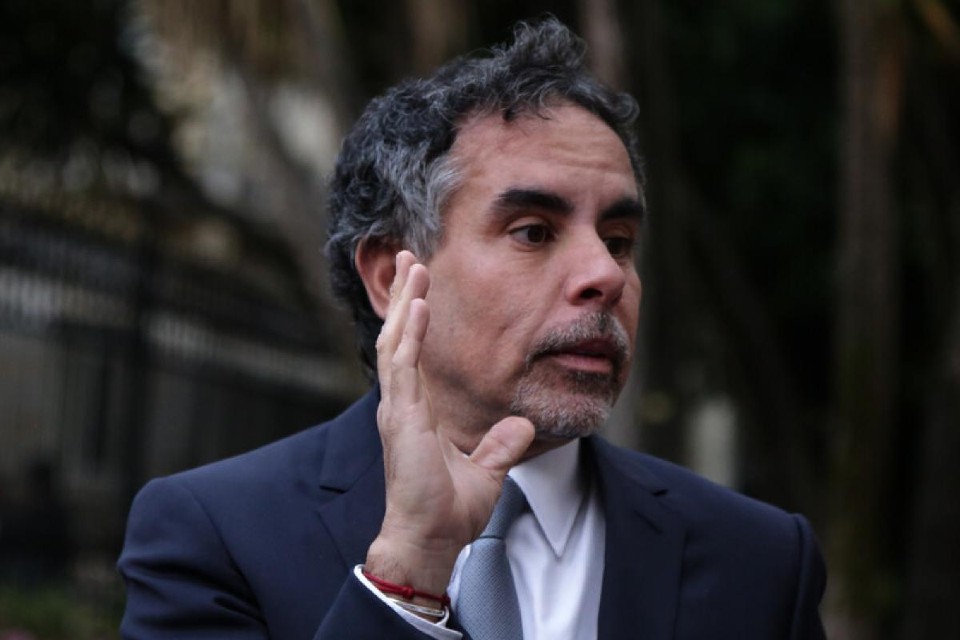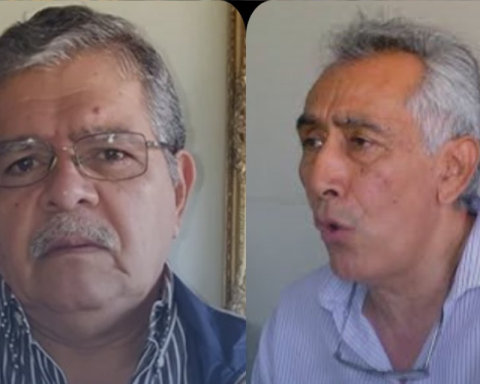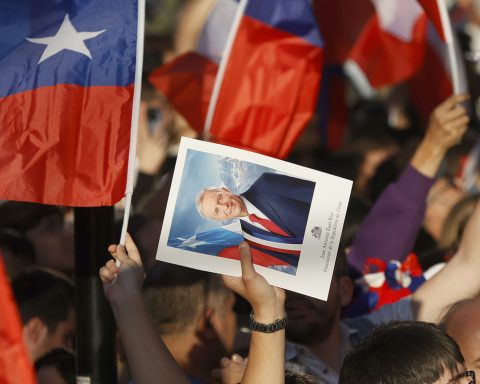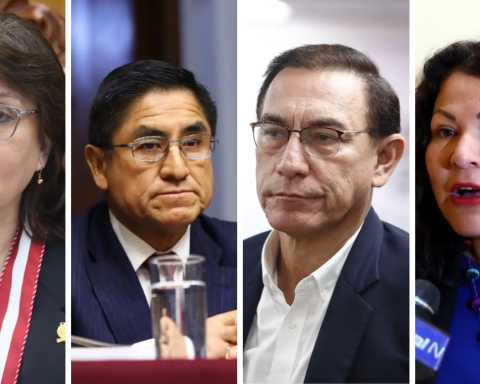The jokes about soccer served to break the ice of a meeting that this Thursday lasted for almost an hour in the Ministry of Labor and Social Security. They were also a prelude to the match that will begin to be played on the pitch of the salary negotiation In the next weeks.
The Executive Branch presented representatives of business unions and the PIT-CNT, the guidelines for the Tenth Round of Wage Councils in the private sectorwhich will take place in a context of dynamic employment and the gradual recovery of real wages.
The first part of this round will include 164 tables comprising some 660,000 workers where almost all sectors of activity are represented. These are agreements that mostly expire on June 30.
What are the guidelines?
The official formula suggests agreements for a two-year term (June 2023-June 2025), with four semi-annual nominal adjustments for projected inflation, plus a component of full recovery of real wages lost during the pandemic period and not recovered in the last round.
Added to this are annual corrections for past inflation, which would be activated if necessary, in July 2024 and at the end of the agreements in July 2025.
How is the recovery proposal?
The main novelty is how it is proposed to process the recovery. This would be at different speeds and according to the magnitude of the accumulated loss.
For the sectors of activity where the recovery of the pending real salary is less than 2%, it is proposed that it be carried out in three equal and consecutive semi-annual installments, beginning in July 2023.
and in the sectors where the pending salary recovery is greater than 2%, it is proposed that it also be carried out in three equal and consecutive semi-annual installments, but beginning in January 2024.
At this Thursday’s meeting, it was also reported that the projections of inflation projected (based on nominal adjustments), will only be known tomorrow when the Ministry of Economy and Finance (MEF) submits the Accountability Bill to Parliament. This suggests that the official inflation forecasts would have changes.
Next week there will be a new meeting where that information will already be available. Likewise, in that instance employers and workers will make a return on the content of the guideline. Until now, the MEF projected inflation of 6.7% for the end of 2023, and 5.8% for 2024 and 2025, lower than what was expected by most analysts.

Ines Guimaraens
The deadlines.
As usual, the Executive Power hopes that the new agreements are closed within a period of 60 days once the trading tables are installed, although this usually depends on the dynamics of each table.
The round in numbers
It is estimated that some 220,000 workers have yet to recover 2.6% of their salary, and another 35,000 have a recovery pending above that figure, according to calculations by the Cuesta Duarte Institute of the PIT-CNT released Monday at a workshop on the subject. .
Meanwhile, there are another 130,000 that must recover less than 2.6%. For its part, there is another group of 275 thousand workers already with full recovery.
The result will depend on the negotiation
In mid-2021, the government presented the guidelines that guided the last round of negotiations. There, adjustments based on projected inflation were agreed, plus a component of partial recovery of the purchasing power lost between the middle of 2020 and 2021 (4.1%) during the bridge period.
The commitment of the Executive Branch was that the recovery would begin to take place in 2022 and would be completed in the next round of negotiations, starting in the second half of 2023, that is, before the end of the government period.
The Minister of Labor and Social Security, Paul Miereshe stated this Thursday at a press conference that according to the proposed scheme, some workers will complete the recovery in July 2024, and others will do so in January 2025, “complying with the commitment” assumed by the government.
Regardless of what the guideline proposes, the final result will depend on the negotiation between the parties at each of the tables.
The vision of the PIT-CNT
As in previous rounds, the PIT-CNT proposed that there be differential adjustments in the guideline for salaries “more submerged”. That is the denomination that the head office uses for salaries of $25,000 or less.as he told The Observer the leader Marcelo Abdala.
In addition, he pointed out that just as the evolution of the Gross Domestic Product (GDP) in 2020 was taken into account to “lower wages”, now that “GDP has grown, it is important to have the explicit objective that the participation of wages in wealth national does not deteriorate”.
The PIT-CNT also proposed that in cases where the pending recovery is greater than 2%, the payment be made in four installments and start this year and not in 2024, as learned. The Observer.
new classification
The guideline also encourages employers and workers to consider classifying themselves as a tradable or non-tradable sector, according to the weight of its exports and imports with respect to the added value of its production.
“The salary guidelines cannot be oblivious to the global context that often conditions the sale prices of the tradable sectors, either upwards or downwards,” says the presentation to which he agreed The Observer.
The proposal is that this new dimension be considered in future collective negotiations. The government will provide official data as an input to contribute to this classification.
















